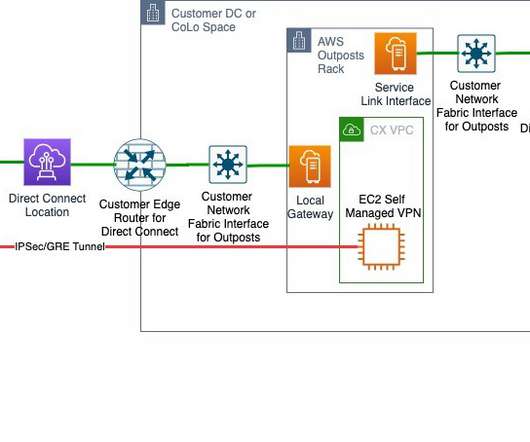Introducing Fusion’s Dynamic Response Console
Fusion Risk Management
NOVEMBER 4, 2021
Whether it’s supplier challenges, extreme weather, an unplanned outage, or an increased threat of cyberattacks, it seems the next disruption is just around the corner. What happens when a hurricane causes damage to an entire region, causing several sites to go down along with unplanned network outages? Activate Response.












Let's personalize your content